Syaahi Uniforms marries style with stewardship. Determined to reshape the apparel landscape, the company crafts eco‑friendly, circular collections that slash environmental footprints. Membership in the One Planet Network and the United Nations Global Compact feeds its resolve, while global trailblazers of responsible fashion continually spark fresh ideas.
First, Syaahi insists on verified‑sustainable fabrics. Next, it applies zero‑waste pattern‑making, trimming excess before a single stitch. Finally, it engineers each piece for easy disassembly. Together, these three pillars let every garment enjoy multiple productive lives rather than a single trip to a landfill.
The firm then closes the loop. Its take‑back program collects worn uniforms, routes them to recycling or upcycling partners, and returns recovered fibers to the design table—extending product life and conserving precious resources.
Compliance is non‑negotiable. Anchored in the UN Guiding Principles on Business and Human Rights and India’s National Guidelines on Responsible Business Conduct, Syaahi sets a new bar for progressive practice and charts a greener course for the entire sector.
Against this backdrop, Founder Abrar Ahmad spoke with The Interview World at the PHD Chamber of Commerce and Industry’s conference on “The Future of Textiles – Challenges and Opportunities in Man‑Made Fibres.” He traced the uniform industry’s rapid evolution, pinpointed sectors demanding specialized workwear, forecast advances in man‑made fibers, and revealed the technologies poised to disrupt traditional production lines. The highlights from his candid exchange follow.
Q: How do you see the Indian uniform industry evolving?
A: As infrastructure expands, the uniform market advances in lockstep. New roads, factories, and office towers create a surge in construction crews who must be outfitted with safety gear. Hospitals follow, demanding scrubs and protective apparel. Schools open to serve growing communities, each requiring distinct student and staff uniforms. In short, every fresh layer of development triggers a parallel need for specialized workwear—driving continuous growth across the entire uniform industry.
Q: Beyond traditional markets, which industries increasingly demand specialized uniforms, and what specific standards govern your offerings in industrial workwear?
A: Standards differ significantly across industries and even within specific sectors. The requirements are largely dictated by the needs and budget of each player. For instance, one company may only need basic shoes, while another requires safety footwear. Some demand shoes with reinforced steel toe caps, while others insist on additional protection, such as enhanced soles. Ultimately, the level of safety required determines the standards for each product.
Q: How do aviation and railway uniform requirements—and associated safety gear—differ from standard workwear, and what unique protections do they demand?
A: In the aviation sector, ground staff uniforms feature reflectors and other essential elements for visibility. Similarly, the railways have specialized uniforms for various roles. For instance, the gangman, who inspects the tracks, wears a distinct uniform tailored for safety and function. Traveling Ticket Examiners (TTEs) also sport their own unique uniforms. In fact, nearly every sector designs uniforms to meet the specific needs of its profession.
Q: What cutting‑edge innovations is your company introducing to redefine uniforms?
A: We are not claiming to be innovators, nor do we believe there is much left to innovate in the textile industry. Textiles are among humanity’s oldest trades. Our focus is simply on conducting business responsibly, nothing more. Clothing has existed since the dawn of humanity—it’s a fundamental part of life.
Q: With man-made textiles touted as the future of apparel, how do you assess their long‑term viability?
A: When humans first discovered fabric, they recognized that polyester and nylon were not labeled as man-made fibers. Instead, they were simply categorized by their specific names. It’s the same story today—nothing has fundamentally changed. The term “man-made fiber” is merely a rebranding of what started a century ago. Fiber will continue to exist, and nothing will alter that fact.
Q: How will emerging technologies reshape the functionality and production of uniforms?
A: Technology is playing a crucial role in transforming the textile industry. With natural fibers, we have established clear boundaries, but we continue to experiment. The advent of man-made fibers opened up new possibilities in colors, designs, and more. However, pollution emerged as a new challenge within the industry. To address this, we made significant advancements in printing, such as digital printing, which replaced traditional dyeing methods.
Furthermore, AI is revolutionizing several aspects of the industry. It enhances processes like spinning, water management, pH control, and automates printing and design workflows. These innovations are already being implemented on the ground. Numerous advancements are taking place, driving day-to-day operational improvements that enhance system efficiency and boost productivity.
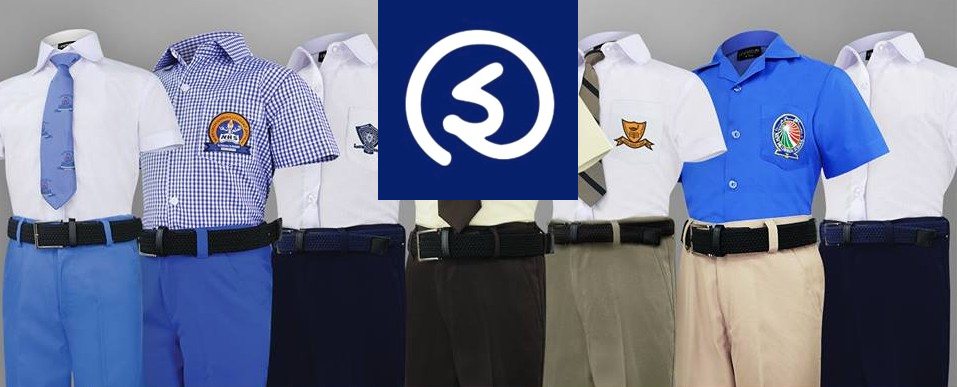
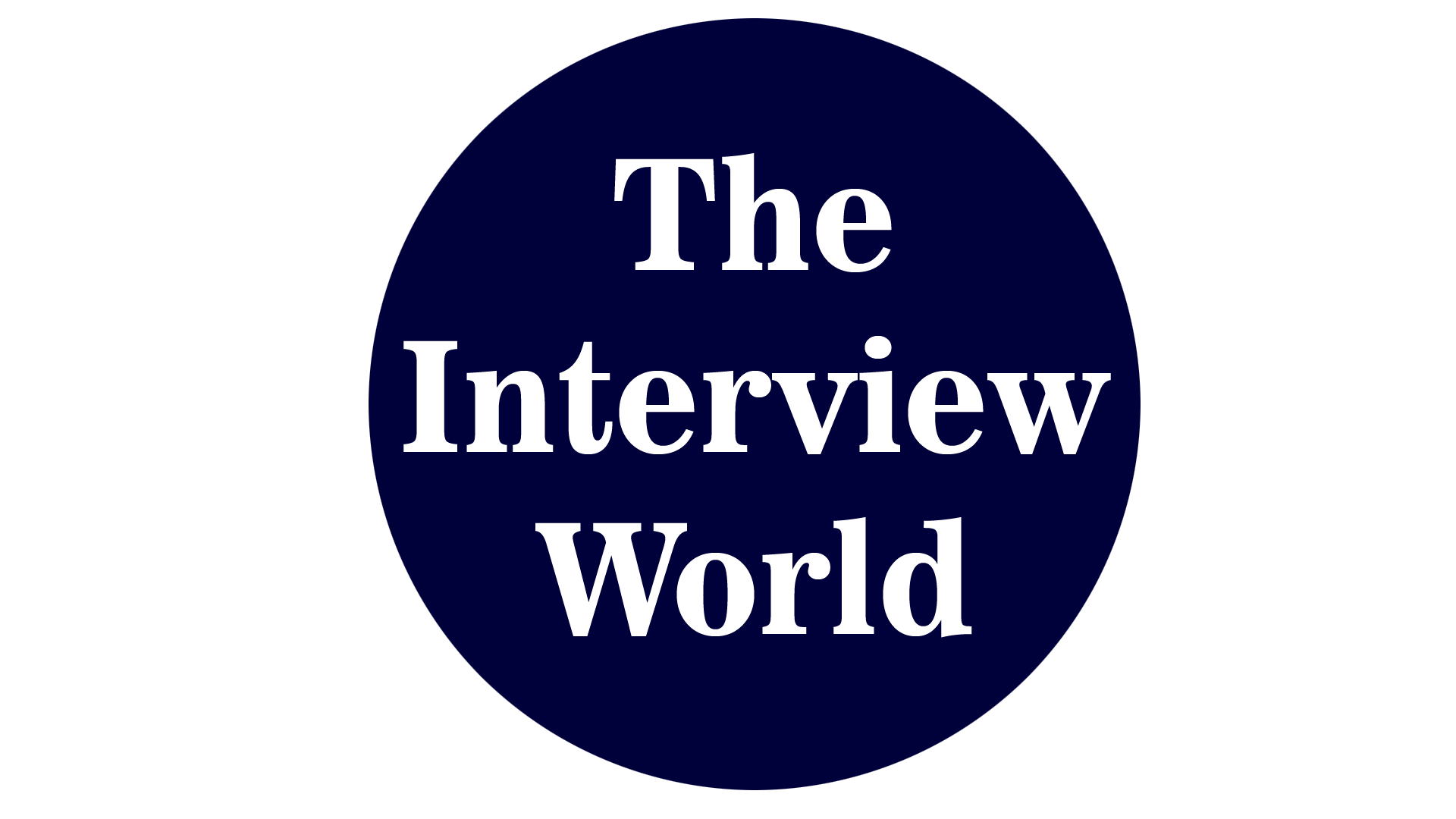


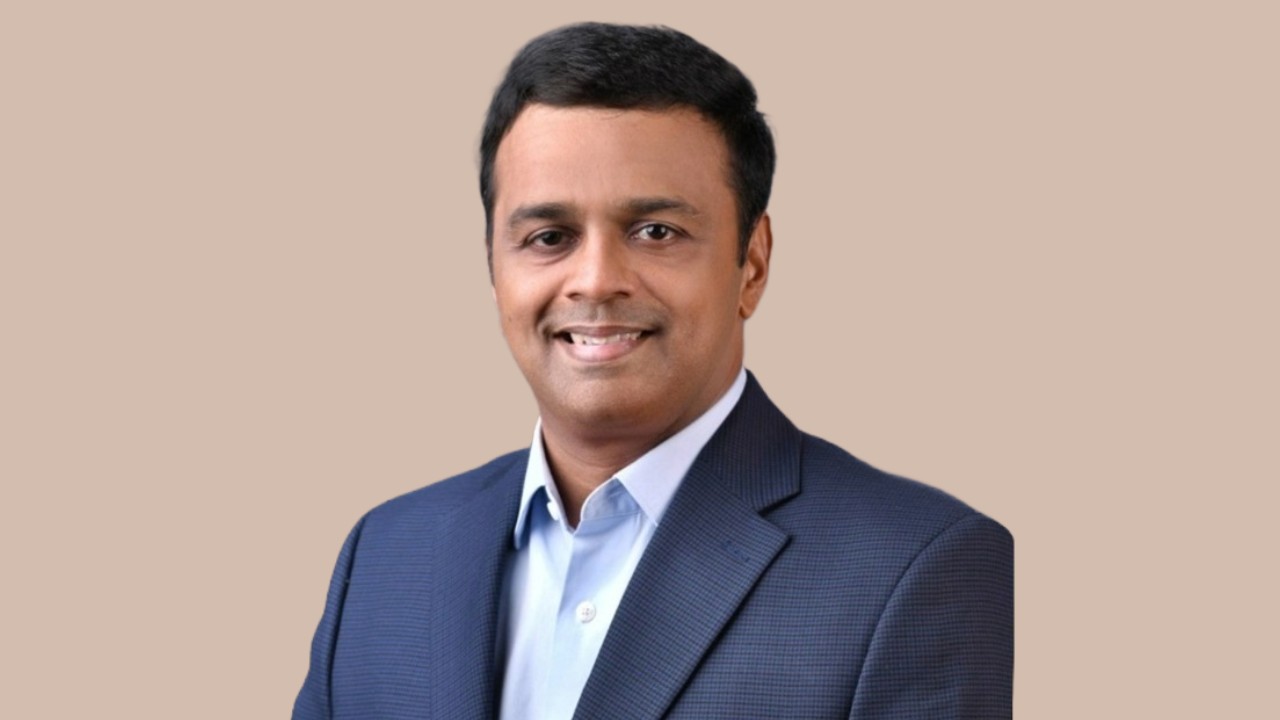


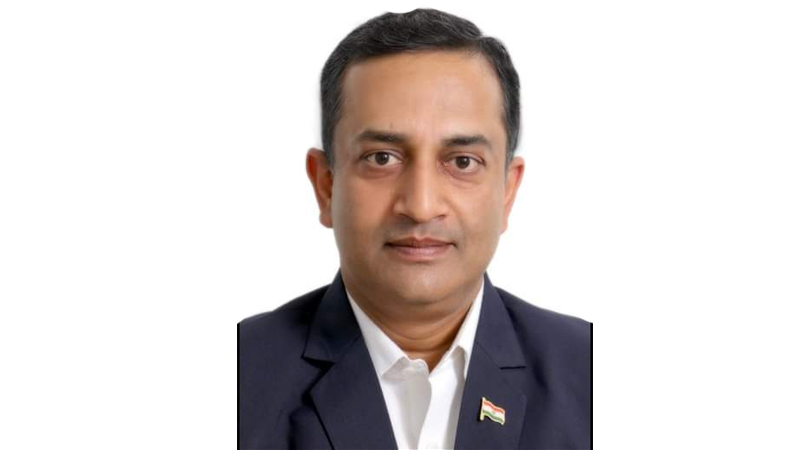

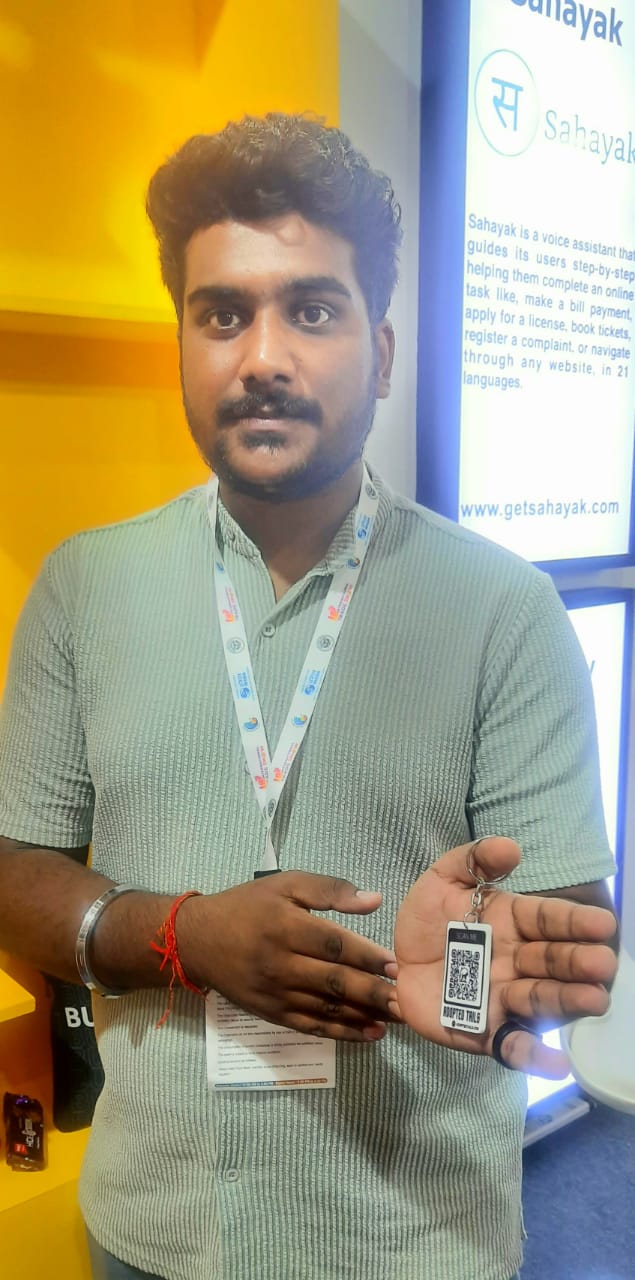
1 Comment
अबरार अहमद एक देशभक्त बिजनेसमैन होने के साथ साथ दूरदर्शि व्यक्तित्व के मालिक हैं
इनके लिए क्वालिटी फर्स्ट है प्रॉफिट सेकेंडरी है
Comments are closed.